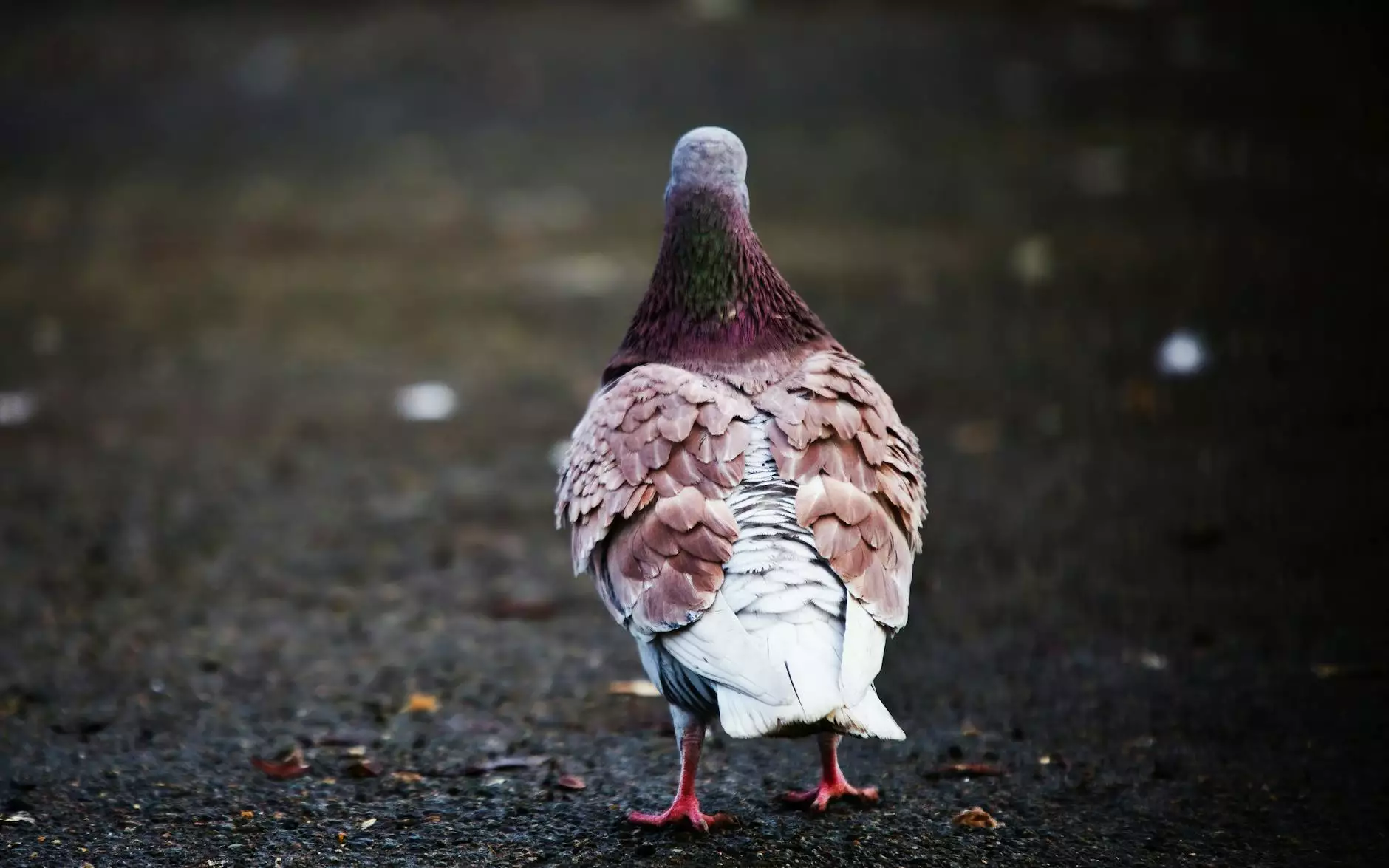Planning a Scavenger Hunt for Adults: Unleash the Fun

Are you tired of conventional gatherings and looking for an exciting way to spice up your social events? Planning a scavenger hunt for adults is the perfect solution to engage participants, encourage teamwork, and create lasting memories. In this comprehensive guide, we will explore how to organize a successful scavenger hunt tailored specifically for adults, with tips, tricks, and examples to inspire you. Let's dive right in!
Why Choose a Scavenger Hunt for Adults?
Scavenger hunts are not just for children; they can be incredibly enjoyable for adults as well. Here are some compelling reasons to consider them for your next event:
- Enhances Teamwork: Scavenger hunts require participants to work together, fostering collaboration and communication.
- Encourages Creativity: Adult scavenger hunts often include creative challenges that allow participants to think outside the box.
- Promotes Problem-Solving: Participants face various challenges that require quick thinking and strategic planning.
- Fun and Memorable: Unique experiences often lead to unforgettable memories shared among friends or colleagues.
Key Elements of Planning a Scavenger Hunt for Adults
When planning a scavenger hunt for adults, several core elements will ensure your event runs smoothly. Here’s what you need to consider:
1. Determine Your Audience
Understanding the participants is crucial. Are they colleagues from work or a group of friends? Knowing your audience helps in selecting the right theme, challenges, and location. For instance, a corporate group may prefer a more structured hunt with professional challenges, while friends might enjoy more lighthearted, personal tasks.
2. Choose a Theme
A well-defined theme can significantly enhance the excitement of your scavenger hunt. Some popular themes include:
- Adventure: Incorporate outdoor elements like hiking or park exploring.
- Mystery: Create a storyline that involves clues related to a thrilling plot.
- Historical: Explore local history with clues that lead to historical landmarks.
- Pop Culture: Leverage movies, music, or celebrities to engage participants.
3. Select a Location
The success of a scavenger hunt greatly depends on the venue. Here are some locations to consider:
- Parks: Offer plenty of space and natural clues.
- City Streets: Ideal for urban-themed hunts with local businesses and landmarks.
- Office Grounds: Perfect for corporate team-building events.
- Private Properties: Secure and controlled environments for more intimate groups.
4. Crafting the Clues and Challenges
The heart of a scavenger hunt lies in its clues and challenges. Make sure they are diverse and stimulating. Here are a few types you can implement:
- Riddles: Create brain teasers that lead participants to the next location.
- Photo Challenges: Require teams to snap creative pictures at different spots.
- Physical Tasks: Incorporate physical challenges that promote health and fun.
- Trivia Questions: Test participants’ knowledge about specific topics related to your theme.
5. Plan the Logistics
Once you have your clues and challenges, it's time to map out the logistics:
- Time Frame: Decide how long the scavenger hunt will last. Typically, 2-3 hours works well.
- Team Formation: Decide whether participants will compete individually or in teams.
- Rules and Guidelines: Clearly outline what is acceptable during the hunt, including safety measures.
- Materials Needed: Prepare items like clue sheets, pens, and any necessary supplies for challenges.
Engaging Participants Throughout the Event
To ensure that everyone has a fantastic time, keep participants engaged and excited during the hunt:
1. Introduce a Kickoff Event
Start the scavenger hunt with a brief kickoff event where you explain the rules and distribute materials. This also provides a chance for teams to strategize and bond before the fun begins.
2. Use Technology
Incorporate technology by using apps or social media platforms for real-time updates and sharing progress. Participants can post photos and clues, creating an interactive experience.
3. Offer Incentives and Prizes
Everyone loves a reward! Consider giving awards for:
- Fastest Team: Recognize the team that completes the hunt first.
- Best Photo: Reward the most creative or amusing photo taken during the hunt.
- Best Team Spirit: Celebrate the team that shows the most enthusiasm and creativity.
- Overall Winner: Award a prize for the team with the most points based on completed challenges.
Post-Hunt Activities
After the scavenger hunt is complete, consider hosting a post-hunt gathering to share experiences:
1. Celebrate Together
Host a small party or get-together to allow participants to unwind and share their favorite moments from the hunt. This could include refreshments, light meals, or even themed cocktails to keep the atmosphere fun.
2. Share Photos and Highlights
Encourage participants to share photos and funny stories from the event. You could even create a slideshow or a video montage to showcase the highlights, solidifying the memories created.
3. Gather Feedback
To improve future scavenger hunts, gather feedback through informal discussions or a quick survey. This will provide valuable insights for your next event.
Conclusion: The Joy of a Scavenger Hunt for Adults
Planning a scavenger hunt for adults is a rewarding endeavor that promotes teamwork, creativity, and fun. With the right preparation and execution, you can create an unforgettable experience that resonates with participants long after the event concludes. By following the tips outlined above, you’ll be well on your way to orchestrating a scavenger hunt that stands out as a highlight of any gathering.
Remember, the key is not just in the hunt itself, but in the camaraderie and joy it fosters among participants. So gather your friends, colleagues, or family, and embark on an adventure that will bring laughter, enjoyment, and unforgettable memories!









